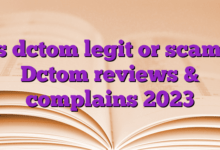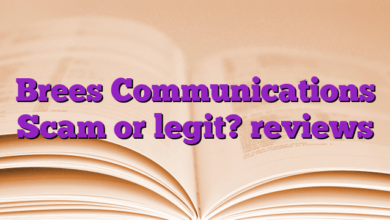How are filmmakers ensuring inclusivity in their digital content?



KINDLY CLICK HERE TO JOIN MY WHATSAPP GROUP FOR ONLINE BUSINESS UPDATES 


How are filmmakers ensuring inclusivity in their digital content?
The world of filmmaking has changed a lot with digital technology. It’s now easier to make and share films with people all around the world. But what about making sure that everyone can enjoy these films? One way filmmakers are doing this is by taking steps to add captions to videos and make their content more inclusive. This article will look at five key ways filmmakers are ensuring that their digital content is accessible to everyone.
Making Use of Captions and Subtitles
It’s a common misunderstanding that captions are just for those who are deaf or hard of hearing. While they certainly help these groups, captions also benefit a wider range of people. For example, if someone is watching a film in a noisy area or a place where they can’t turn up the volume, captions can be a big help.
With Adobe professionals, “You can Instantly create customized captions with voice recognition.”
Diverse Casting Choices
Representation matters. That’s why filmmakers are making a concerted effort to cast actors from diverse backgrounds. This includes actors of different races, genders, and abilities. By doing this, filmmakers show a broader range of experiences and perspectives in their work.
Not only does this make the films more relatable to a wider audience, but it also makes them more realistic. After all, the world comprises diverse people, and films should reflect that. And when viewers see themselves represented on screen, it enhances their connection to the content.
Offering Multilingual Support
Filmmakers today are increasingly aware of their global audience. People from different countries and cultures are watching films online, and they speak various languages. One way filmmakers address this is by offering subtitles in multiple languages. Subtitles enable viewers to enjoy content in their preferred language, which is inclusive and can also boost viewership numbers. This is a win-win situation for both the filmmakers and the audience, making it an essential aspect of modern filmmaking.
Ensuring Content is Screen Reader Friendly
For people who have vision impairments, screen readers are a lifeline to digital content. These tools read out loud the text displayed on the screen, making it possible for these individuals to understand what’s happening.
Filmmakers are ensuring their websites and digital platforms are compatible with screen reader technology. This can involve a range of steps, from making sure the website’s menu is navigable to providing audio descriptions for visual elements in the films. By doing this, filmmakers make it easier for those with vision impairments to enjoy their content, adding another layer of inclusivity.
Focus on Age-Friendly Content
Inclusivity is not just about race, gender, or ability; it’s also about age. Filmmakers are creating content that appeals to all age groups, from kids to seniors. Whether it’s through themes that resonate across generations or storytelling techniques that are universally engaging, the goal is to make films that everyone can enjoy.
For example, using simple language can make the film accessible to younger audiences, while more complex themes can engage older viewers. This balanced approach ensures that the content is versatile and appeals to a broad spectrum of viewers.
Inclusion is not just a buzzword; it’s a necessary component of modern filmmaking. By adding captions, diversifying casts, offering multilingual support, ensuring screen reader compatibility, and focusing on age-friendly content, filmmakers are strongly committed to inclusivity. This doesn’t just make ethical sense; it also broadens the potential audience, making it a smart move for any filmmaker looking to make an impact in the digital age.
Read more on How are filmmakers ensuring inclusivity in their digital content?










